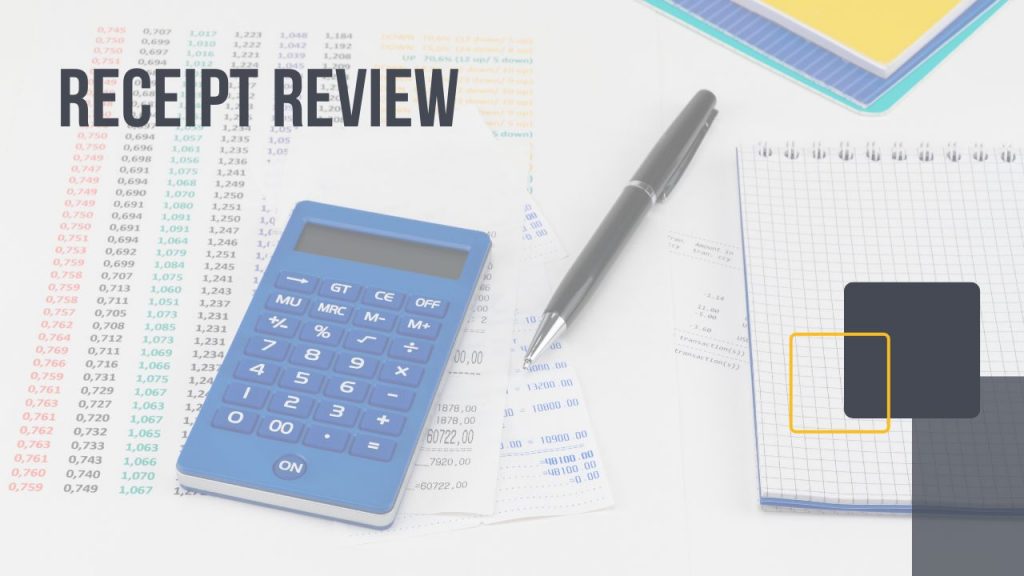When managing a card program, whether for domestic purchases or globally, more than likely your team has dealt with intensive receipt reviews. Although a time-consuming process when manually performed, receipts provide organizations with many critical compliance insights.
In addition to providing proof for audits, receipts also identify compliance with internal policies and federal and state laws.
These necessary compliance insights help organizations see which areas of their card program to improve.
However, when strapped for time or busy with other aspects of the card program, mistakes can happen throughout the receipt review process on both the side of the reviewer and the cardholder. Here are some common mistakes to avoid during this consuming but necessary process of managing your card program.
Common mistakes from those reviewing receipts
- Deep diving into tax exemption: Some organizations are tax exempt. However, cardholders might forget about this when engaging in a purchase. Those reviewing receipts need to remember to check each of the receipts for any tax exemptions. This will help ensure the organization rightfully saves money in this area.
- Timely follow-up: During the active receipt review process, organizations tend to not follow up with missing or unclear receipt information. Those reviewing receipts must reach out to the cardholder to get answers for any missing details. This allows for the correct insights from that receipt.
- Level III data: Some organizations tend to complete receipt reviews and fill in missing details by asking the cardholder. However, pairing the receipts with level III data allows organizations to fill in the blanks for any missing crucial information.
- Rushing: Due to the sheer amount of time required for receipt review, some reviewers will rush through the process. This runs the risk of missing key details across fraud, noncompliance, and misuse.
Common mistakes from cardholders
- Fabricated receipts, incorrect receipts, and lack of detail: Sometimes cardholders will submit either fabricated or incorrect receipts. Make sure that each receipt is clear and shows the itemized amount of each purchase. Receipts that show just the total amount and not the details of each individual item could be a red flag for fraud. Keep an eye out for receipts where certain areas are illegible. Lastly, in lieu of actual receipts as stated by the policies, cardholders have been known to provide conference forms, email correspondences, and purchase requests, oftentimes with no dollar amounts shown.
- Not a perfect match: Sometimes receipts don’t match the transaction amount and cardholders fail to explain why this is. Often, it is a simple mistake or oversight, but needs to be investigated to confirm.
- Policy adherence: Another common issue that arises is when cardholders do not follow policy regarding what constitutes a receipt. This could include a cardholder who gives a generic receipt with no line-item details in contrast with what is written in the policy.
- Timely submission: Cardholders often fail to submit receipts by the timeframe designated in the policy. Cardholders need to adhere to timely submission in order to allow organizations to act swiftly and decisively if non-compliant situations arise.
- Unusual instances: Lastly, if something is unusual, cardholders often fail to fill out the proper paperwork. For instance, if there is a lost receipt, the cardholder might not fill out the missing receipt form. Another situation is if the cardholder has a fraudulent charge and fails to fill out the correct paperwork for this and provide it with the expense report.
In addition to receipts, there are pitfalls associated with other payment methods as well. Refer to our insights on the subject:
How to move forward
Although a time-consuming process, receipt review is one of many items that help to ensure card programs thrive.
The insights above illustrate common mistakes during this process. Start by assessing whether you’re making these mistakes and how often they occur. This realization allows your organization to make course corrections if needed to prevent further gaps in the receipt review process.
No matter the time crunch or volume of receipts, organizations and cardholders must handle receipts effectively to get the proper insights out of them.
Card Integrity’s ReceiptWISE service takes the receipt load off your team. We review 100% of receipts manually to ensure compliance with all policies and applicable federal and state laws.
Partner with us to free up your time so you can focus on the insights and change that matters most to your card program.




